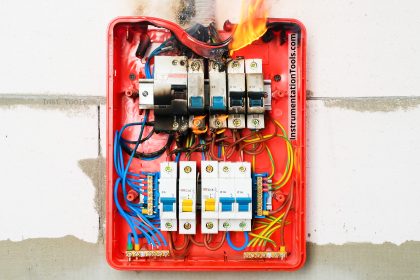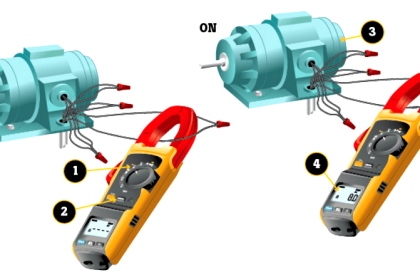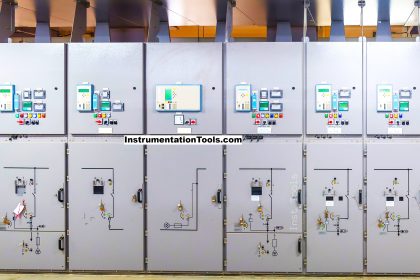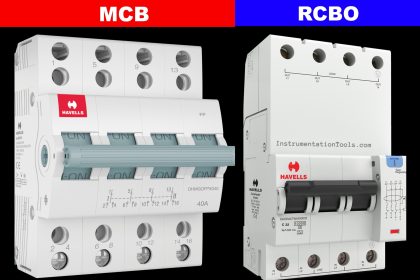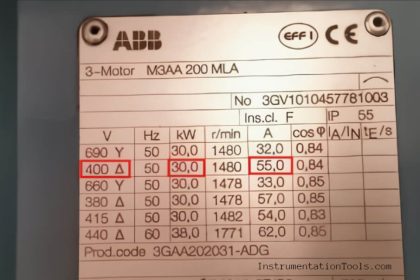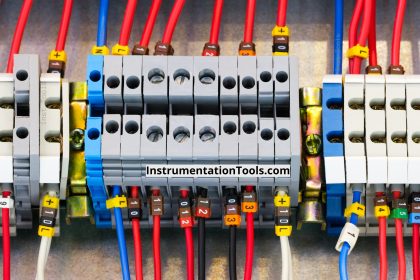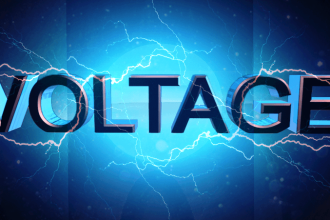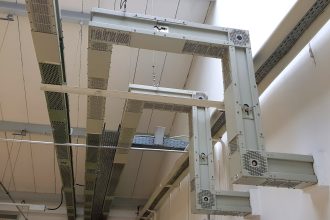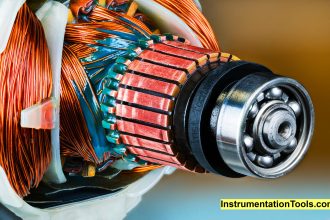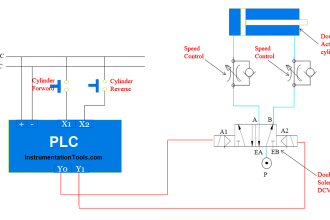Electricity pricing (sometimes referred to as electricity tariff or the price of electricity) varies widely from country to country, and may vary significantly from locality to locality within a particular country. There are many reasons that account for these differences in price. The price of power generation depends largely on the type and market price of the fuel used, government subsidies, government and industry regulation, and even local weather patterns.
What is a tariff?
All the information you need when it comes to small business electricity and gas tariffs. A tariff is the pricing structure a retailer charges a customer for energy consumption. It’s divided into two parts:
- the ‘fixed charge’ for supply of energy to your premises
- the ‘variable charge’ for the amount of energy you use
The variable charge relates directly to how much you consume. Tariffs vary depending on your energy distributor.
The three types of energy tariffs
- standard offer – set by the retailer, published
- market retail offer – set by the retailer, not published
- government regulated offer – set by the government with input from the retailer
Not all offer types are available in all states
Types of tariff structure for electricity
- single rate – no variation in usage rates no matter what time of day or year it is
- block rate – a usage rate calculated based on blocks of usage
- off-peak – rates change in low usage periods, such as overnight
- time of use – different times of day incur different rates; same goes for different times of year
- feed-in tariff – paid to the customer based on the amount of energy they ‘feed in’ to the grid, mainly made possible by generating solar power using solar panels. It is only applied on top of one of the other usage tariffs
Types of variable charge tariffs for gas The tariff structure for gas depends on your state
- seasonal rate – rates change between peak season (usually winter) and off-peak season. Usage can be charges on a single rate in each period or block rate
- single rate – no variation in usage rates no matter what time of day or year it is
Basis of electricity rates
Electricity prices vary between countries and can even vary within a single region or distribution network of the same country. In standard regulated monopoly markets, electricity rates typically vary for residential, commercial, and industrial customers. Prices for any single class of electricity customer can also vary by time-of-day or by the capacity or nature of the supply circuit (e.g., 5 kW, 12 kW, 18 kW, 24 kW are typical in some of the large developed countries); for industrial customers, single-phase vs. 3-phase, etc. If a specific market allows real-time dynamic pricing, a more recent option in limited markets to date typically following the introduction of electronic metering, prices can even vary between times of low and high electricity network demand.
The actual electricity rate (cost per unit of electricity) that a customer pays can often be heavily dependent on customer charges, particularly for small customers (e.g. residential users).
